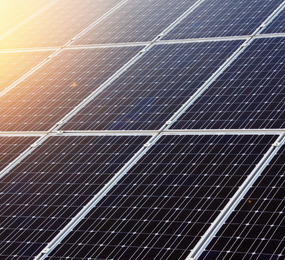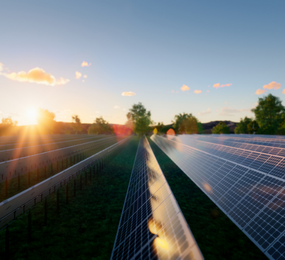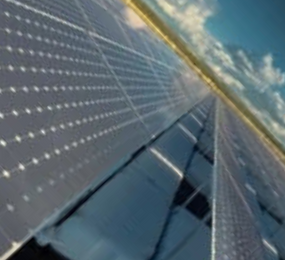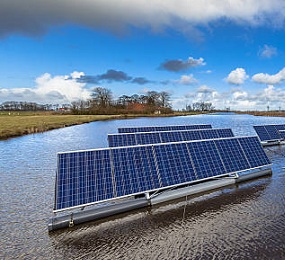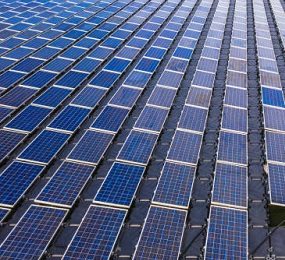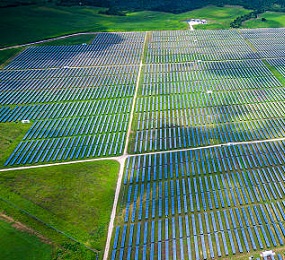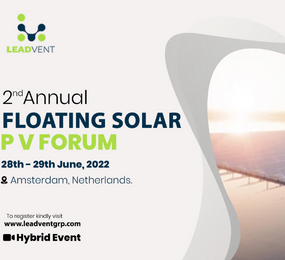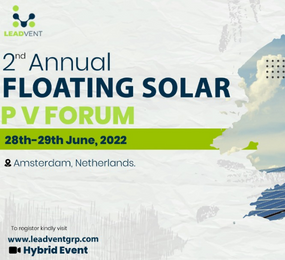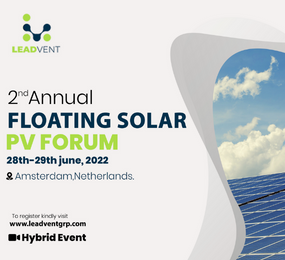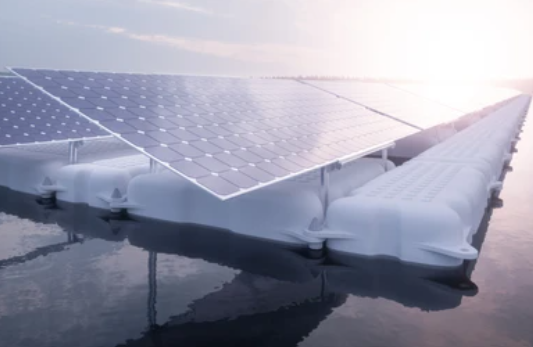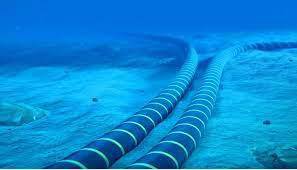The combustion of fossil fuels has a direct impact on both global warming and climate change, which are the new threats facing humanity. The quest for renewable energy sources (RES) has significantly increased over the past decade, with the electrical sector giving RES a huge amount of importance. With a development that looks to be an unstoppable surge, floating photovoltaic (FPV) also seems to be a part of this expansion.
By 2040, the world's electricity production is anticipated to increase to 45%. Solar, wind, and hydropower are projected to account for the majority of the increase. The amount of solar-generated power produced by the end of 2019 was 131 TWh. Solar PV has a long lifespan and is exclusively reliant on radiation. The least expensive source of electricity on earth right now is solar.
Large PV power plant installations, however, call for considerable land tracts. Due to scarcity or high human density, such land may be limited. Water covers over 75% of the surface of the globe.
Solar PV's potential is greatly increased by installing PV technology on water bodies. Floating photovoltaics is a type of technology used on waterways. They are a rapidly developing technology that are deployed on both inland and marine bodies of water. Due to the scarcity of land in places like Singapore, Japan, and other countries, this technique was developed. Installing them close to grids offers an added benefit. The typical method of placing them on bodies of water is to have a floating framework known as a pontoon and install the modules on top of them at a specific angle. The third pillar of the solar industry is thought to be floating photovoltaic systems.
FPV applications frequently cost more than ground-mount technology with the same size and placement. Due to significant soft costs and the structural balance of system costs, this is normal. The design layout of the anchoring and mooring system is mostly influenced by the bathymetry of the water body. It needs to be capable of withstanding higher wind loads.
The FPV market will be tremendously benefited as solar's share of the power supply increases and starts to displace other forms of generating as costs continue to drop. As it offers a chance for solar markets struggling with traditional PV applications, FPV has a significant role to play in the energy transition. FPV will be essential to achieving these goals as more nations commit to competitive solar and total renewable energy targets. This is still a niche industry that has a lot of opportunities in the future.
The main question is if this trend will continue in the next few years or if the extremely high growth rate is just a short time anomaly in the quick increase of the RES.
To find out more details on Floating PV – the Practicalities of New Technology, Join us on 27th - 28th June, 2023 for the 3rd Annual Floating Solar PV Forum, in Amsterdam Netherlands so you don't feel left out in the global Floating Solar Photovoltaic!
To register or learn more about the Forum please check here: https://bit.ly/3zVvdfN
For more information and group participation, contact us: [email protected]


